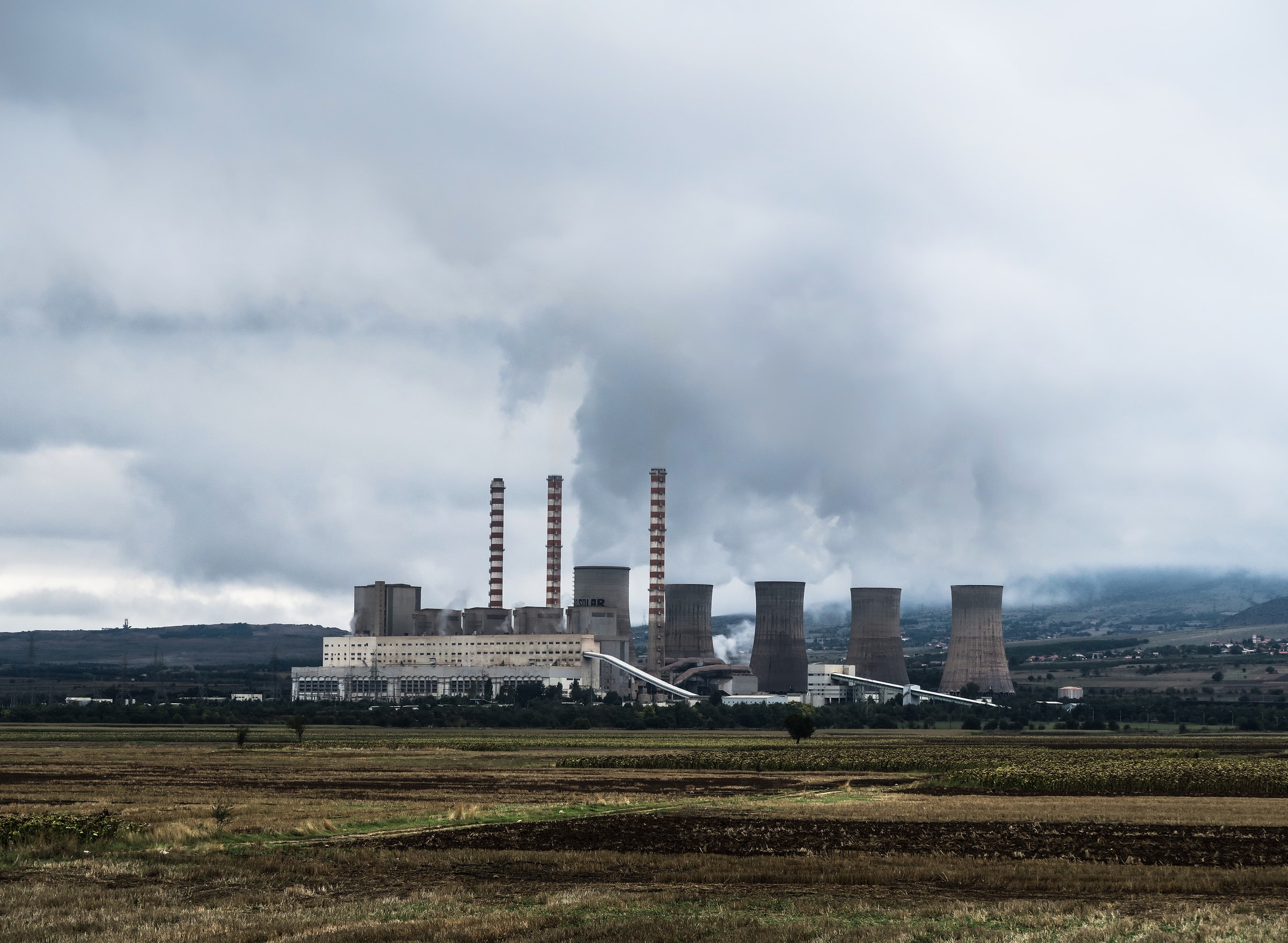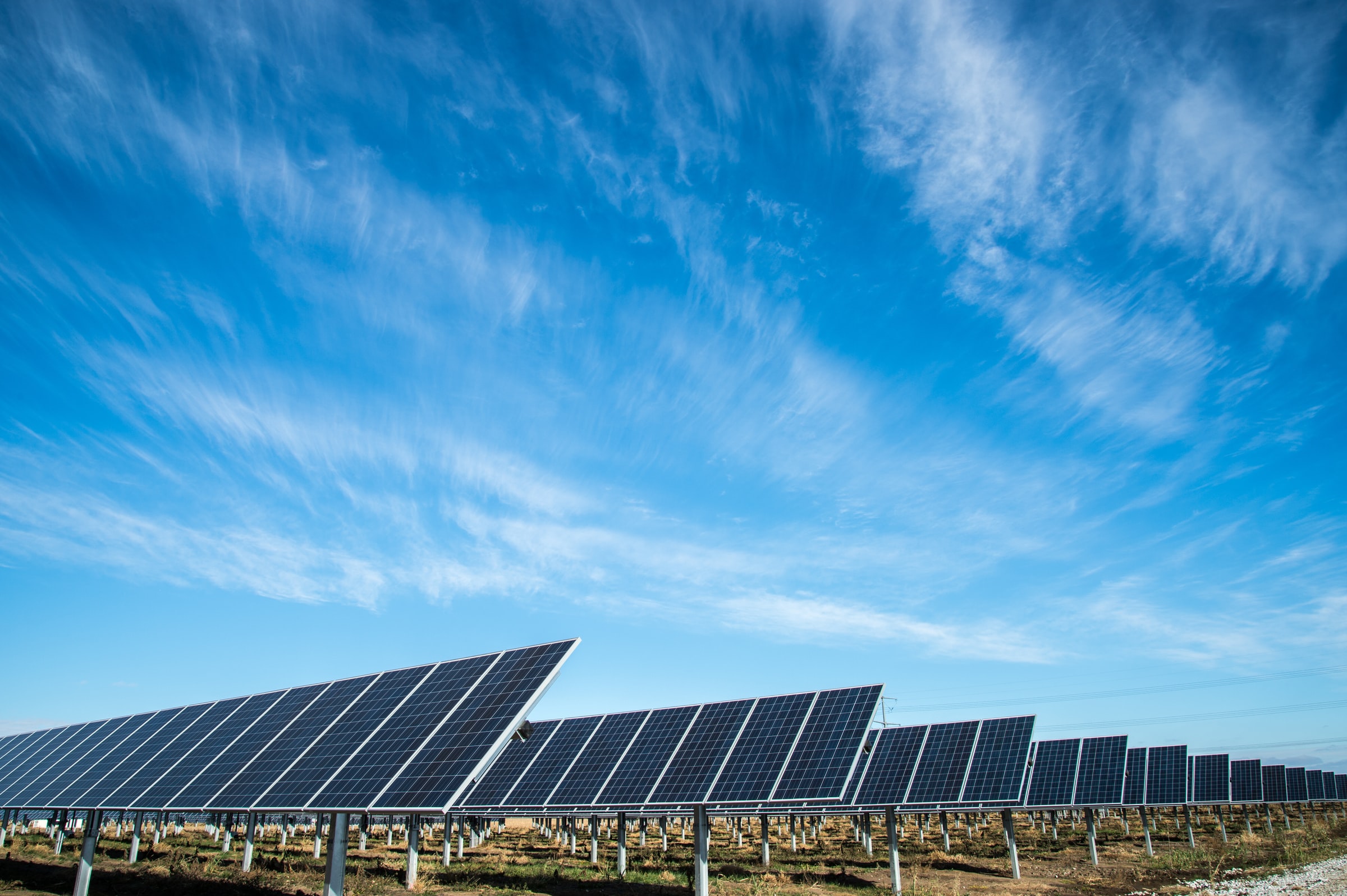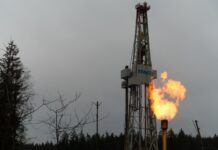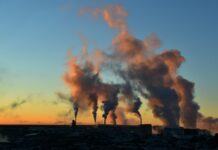Geothermal energy is the most difficult type of renewable energy source to obtain. The most efficient deposits accumulate deep below the earth’s surface in the form of hot water, steam or dry hot rocks. These resources can be used to generate electricity in geothermal power plants.
Geothermal Energy – How Does It Work?
Geothermal energy is the energy accumulated in the rocks, fluids and soil filling pores and rock crevices. Profitable mining takes place up to a depth of 4 km into the ground. The formation of geothermal deposits takes place thanks to the water cycle. Water from rainfall penetrates into the earth, where it heats up to significant temperatures as a result of contact with intruders or active magma foci. When heated in this way, it may migrate to the earth’s surface in the form of hot water or steam, or create deposits located at great depths.
The Different Types Of Geothermal Power Plants
When the temperature of the Interior of the earth is in the range of 80-120 ° C, geothermal power plants generally correspond to traditional steam power plants, with the exception that if the ground temperature reaches 300 ° C, they must provide an extra circuit with a specific operating medium. The formation water must be heated in an intermediary situation. Two specific types of geothermal power plants can be differentiated on this basis.
Single-factor Power Plants
The first category includes systems that depend solely on geothermal energy. If the bed will be in the state of gas, it is transferred directly to a turbine, whereas if the bed will be in a liquid form, the geothermal water is instantly dissipated in the expander and sent to the turbine as steam. The steam then flows to the condenser after expansion. That the very first method necessitates the presence of superheated steam or dry saturated steam in the thermal water. These power plants have a thermal efficiency of 30 %.
Two-factor Power Plants
The second form of the power plant is a two-factor power plant, also known as a binary, in which hot water is guided to a heat exchanger (evaporator), which functions as a steam boiler system. The emitted heat is used in the second cycle, which uses a low-boiling-point working medium, such as a very low boiling point light hydrocarbons. The Kalina cycle or the Clausius-Rankine cycle, which is also considered a variation of the CR cycle, is used here as the working medium. These power plants have a thermal efficiency of between 10% and 15%. The usage of a binary system and a very high source water generator head is a mixed system as an example.
The first form of the power plant has a simple operating concept based on the fact that the medium is circulated in a single direction. Geothermal water (or steam) is generated by combining at least 2 wells, one of which is functional and the other of which is used for injection. After going through the turbine, they extract the warm medium and then re-inject it. A sealed water cycle is used while the deposition conditions do not enable water absorption. One opening is used to insert cold flowing water into the bed, where it heats up. While the other is used to transport the water to the surface. Where it drives the turbines that produce electricity.
Steam Configuration
Instead of the traditional water and steam configuration, power plants of the second kind use other energy carriers. They can be used at low temperatures of the geothermal bed. It heats them because their heat of vaporisation is a small percentage of the heat of vaporisation of water. Three circuits are used to operate the system.
The first is the geothermal cycle is in charge of collecting geothermal medium through boreholes. It transferring heat in the exchanger, and injecting it back into the deposit.
The so-called thermodynamic cycle is the second circuit. It circulates a low-boiling energy carrier, most often carbon dioxide, ammonia, or isopentane of organic origin. It absorbs heat from the exchanger and converts it to steam. At relatively low temperatures (60-80 ° C), this occurs. It is then directed to the turbine blades, which cause the turbine to spin and drive the power generator.
The third circuit is in charge of cooling the condenser’s working medium. This is done with cold water that does not come into direct contact with the medium. Cooling can be done in traditional cooling towers.








